Reduce Bounce Rates: Ready to Fix Your Conversion Problem?
Technically, a “bounce” is a visitor that looks at only one page, or a visitor that spends an embarrassingly short time on the page. Keep reading to find out how to reduce bounce rates.
A bounce is any visit for which the visitor only looks at one page and does not interact with it. This sounds truly unfair as someone may spend minutes on your blog post or landing page, and still be counted as a bounce.
A visitor bounces when they don’t find anything close to what they were looking for when they visit your site. Either you’re attracting the wrong visitors or you don’t know why they are visiting.
Bounce is the most extreme form of conversion problem. High bounce rates are an indication that you are throwing good marketing dollars down the tubes. Whatever you’re spending to get traffic to your site is being wasted.
How to Reduce Bounce Rates or the heartbreak of “bounce”
Boing!
That’s the sound of someone finding your site, but not finding what they wanted ON your site.
Boing!
That’s the sound of website content that doesn’t match your marketing.
Boing!
That’s the sound of a website that talks about the company instead of the visitors’ problems.
What are some strategies to reduce bounce rate?
This is a common question, and requires an understanding of the definitions of bounce rate.
The bounce rate is a bit slippery and requires some examination. The intention of measuring the bounce rate is to figure out how many of your visitors are leaving almost immediately after arriving at your site. This metric provides for a lot of error in interpretation.
“A high bounce rate means your site is crappy.”
This is rarely the case. A more accurate explanation is that your site doesn’t look the way your visitors expect it to look. Understanding what your visitors expect is the way to reduce bounce rates.
Instead, there are usually some more valid reasons for your high bounce rate. Here are the things digital marketing and conversion experts examine when confronted with uncomfortably high bounce rates.
1. You’re measuring it wrong
How you measure your bounce rate can give you very different insights. For example, blogs often have high bounce rates. Does this mean that visitors don’t like the blog?
Many analytics packages measure a bounce as a visit, or session, that includes only one page on your site. Visitors who take the time to read an entire article would be considered a “bounce” if they then left, even though they are clearly engaged.
We set a timer for our blog traffic, so that any visitor who sticks around for 15 seconds or more is not considered a bounce. You can set a timer to the amount of time you consider appropriate.
2. How to Reduce Bounce Rates: Diagnose Technical Difficulties
We are fond of saying that you don’t have one website, you have ten or twenty or thirty. Each device, each browser, each screen-size delivers a different experience to the visitor. If your website is broken on one of the devices popular with your visitors, you will see a bump in overall bounce rate.
If your pages load slowly, especially on mobile devices, you can expect a higher bounce rate.
Broken internal links and 404 pages are also cause for bounce.
If your page breaks out in a chorus of Also Sprach Zarathustra when the page loads, you may enjoy a higher bounce rate.
How to diagnose device-related technical problems
Your analytics package will track the kind of device your visitors are coming on.
The Google Analytics report Audience > Technology > Browser & OS shows that there may be a technical issue with Safari visitors coming from within an app. This may also reflect visitors coming from mobile ads, and they may simply be lower quality. See below.
With Google Analytics Audience > Mobile > Devices report, we see mobile devices specifically. The Apple iPhone has an above-average bounce rate, and we should probably do some testing there, especially since it’s the bulk of our mobile traffic.
3. Good Traffic Quality Helps Reduce Bounce Rates
If you are getting the wrong visitors, you will have a high bounce rate.
Remember StumbleUpon? Getting your site featured on the internet discovery site often meant a flood of new visitors to your site… and a crash in your conversion rate. Stumble traffic was not qualified, they were just curious.
Your bounce rate is a great measure of the quality of your traffic. Low quality traffic bounces because:
- The search engine showed them the wrong link or a broken link. Do you know how many visitors used to come to our site looking for a “conversion rate” for Russian Rubles to Malaysian Ringletts?!
- User intent. The visitors aren’t ready to buy. They were in a different part of the purchase process. Visitors coming from Social Media ads have notoriously low conversion rates. They weren’t looking, they were just surfing your product pages.
We take a closer look at the source of traffic to diagnose a traffic quality problem using Google Analytics Acquisition > All Traffic > Channels report.
Here we can see that traffic coming from social media and those visitors coming “Direct-ly” have a high bounce rate.
If you are driving a lot of visitors to your home page, you may want to consider presenting them with links to more relevant content. As Tim Ash says, “The job of the home page is to get people off of the home page.” He didn’t mean by bouncing.
With regard to social media, we may have a problem with broken promises.
4. Broken Promises Lead to Conversion Problems
Do your entry pages consider the source of visits?
If your traffic is clicking on an ad that promises 20% off on a specific propane grill, and they’re directed to your home page, you’ve broken a promise.
You might think that they will search your site for the deal. You might even think they’ll search your home page for the deal. You’re wrong. Many will jump.
Every ad, every email invitation, every referral link is a promise you make to your visitor. If they don’t come to a page that lives up to the promise, they are likely to bounce.
- Does the headline on the page match the offer in the ad?
- Does the product in the email appear after the click?
- Are your calls to action in alignment with the landing page?
- Are the colors and design consistent across media?
Looking at your ads on a page-by-page basis is necessary to diagnose and correct this kind of bounce rate problem.
5. Vague Value Propositions don’t help reduce bounce rates
Ultimately, if you’re not communicating your value proposition to your visitors clearly, you are going to enjoy a monstrous bounce rate.
Your value proposition typically does not address your company or your products. It should be targeted at your visitor, why they are there, and why they should stick around.
Each page has its own value proposition. Your business may have a powerful value proposition, but each page should stand on its own.
A contact page should talk about what will happen after you complete the form. Who will contact you? How long will it take? Will they try to sell you something?
A landing page should clearly state that you are in the right place and provide reasons for you to stay and read on.

This landing page delivered a strong value proposition in above the fold. See the full case study and video.
A home page should help you find your way into the site. Most home pages are treated like highway billboards. No wonder people just drive on by.
6. Finally, Is Your Stubborn Bounce Rate Mocking You? [AUDIO]
Most of us, at one time or another, have not only been frustrated with our bounce rate, but completely puzzled about what to do about it.
In this podcast, I will guide you toward a more accurate bounce rate. I will walk you through the steps to use The Timer Listener to time the visit duration of each of your visitors and get those percentages down where they belong.
Ultimately, we don’t want to reduce our bounce rate. We want to improve our conversion rate by bringing the right traffic, to the right page, with the right message, and avoid technical issues that get in the way.
Richard Strauss: Also Sprach Zarathustra by Kevin MacLeod is licensed under a Creative Commons Attribution License.
Brian Massey Marketing Land article, Using A Google Tag Manager Listener To Get Your Real Bounce Rate


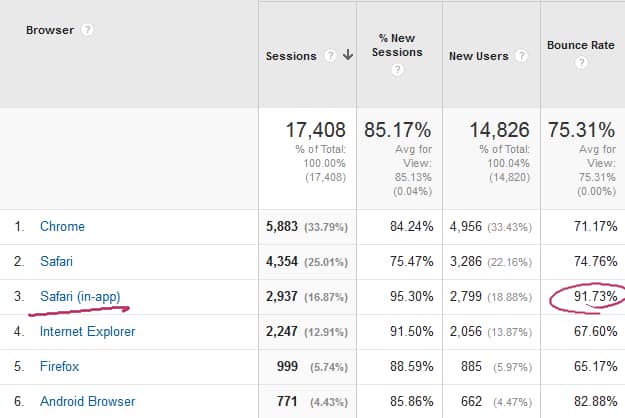
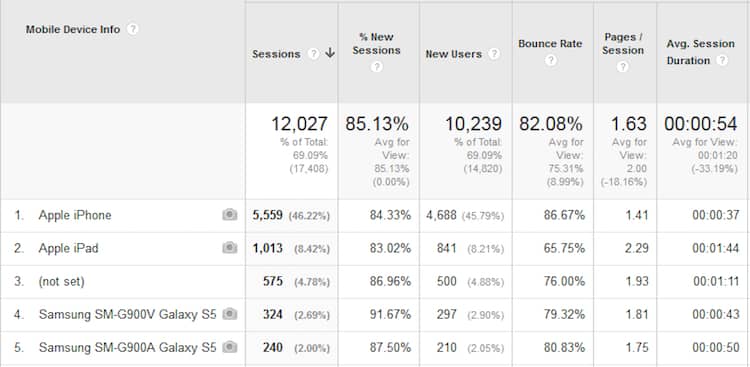
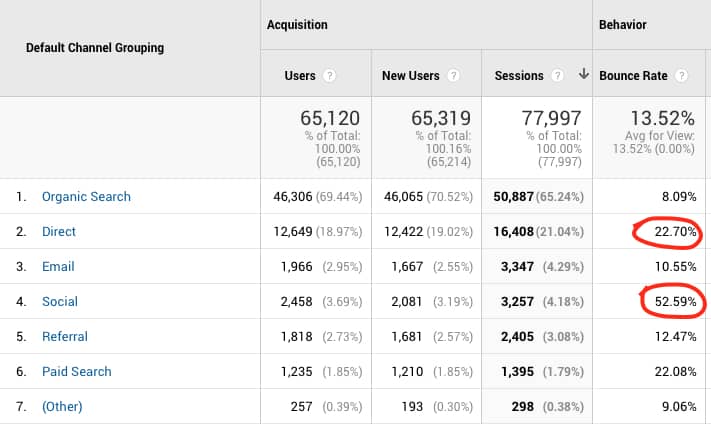
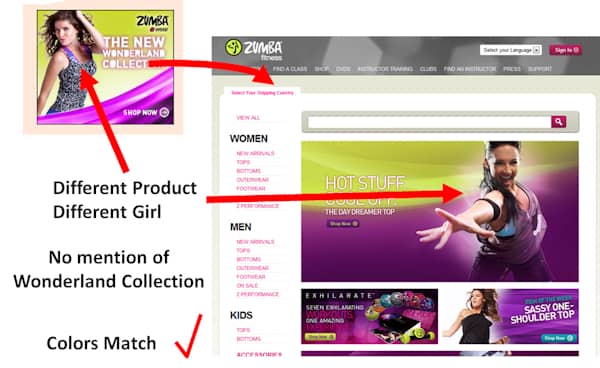
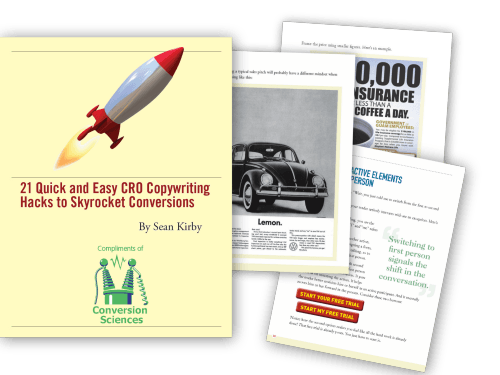
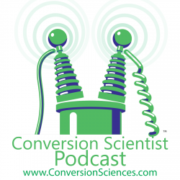











Brian, Great post. You mention that on your blog pages you count anyone who has visited for 15s or more as not a bounce. Are you using GA to do this or another analytics platform?
I think I answered my question by looking at your GTM container snippet. I am a novice/intermediate GTM user. I saw that on this page you placed the data layer variable, are you able to do that for each post using wordpress? I know with other CMS like joomla putting individual lines of code on individual pages is a challenge.
If you are comfortable, can you share the GTM tirgger and tag that work with this dataLayer variable. It is very creative and I’d like to give it a try!
Thank you,
Joe
dataLayer
[
{
“title”: “What are some strategies for reducing bounce rate?”,
“author”: “Brian Massey,
The Conversion Scientist”,
“wordcount”: “1217”,
“logged_in”: “false”,
“page_id”: “12531”,
“post_date”: “2015-08-19 16:34:01”
},
{
“gtm.start”: 1440076289859,
“event”: “gtm.js”
},
{
“event”: “gtm.dom”
},
{
“event”: “gtm.load”
},
{
“event”: “gtm.timer”,
“gtm.timerId”: 28,
“gtm.timerEventNumber”: 1,
“gtm.timerInterval”: 15000,
“gtm.timerLimit”: 1,
“gtm.timerStartTime”: 1440076290398,
“gtm.timerCurrentTime”: 1440076305398,
“gtm.timerElapsedTime”: 15000,
“gtm.triggers”: “0”
}
]
Joe, I’ve actually written about this here: http://marketingland.com/using-google-tag-manager-listener-get-real-bounce-rate-81400
Should tell you everything you need.
Keep reading!
Brian
Brian,
Thank you. The only thing the post didn’t address is the data layer variable.
dataLayer = [{“title”:”What are some strategies for reducing bounce rate?”,”author”:”Brian Massey, The Conversion Scientist”,”wordcount”:”1217″,”logged_in”:”false”,”page_id”:”12531″,”post_date”:”2015-08-19 16:34:01″}];
This seems like a very important component for tracking individual page info. How are you able to put this on each page? Do you have a WP plugin that gives you the ability to put that above the container snippet?
I’ll be working with that other post, great info and thank you!
Joe
Joe, I use the MetroNet Tag Manager plugin for WordPress to generate this data. It has a nice interface for dataLayer info.
Brian
Great stuff, Brian.
Thanks,
tj
Thanks, Tom.
Joe, Angie Schottmuller hooked me up with a very cool JS script she wrote that will help do this via GA Event Tracking. It’s at bit.ly/gaeventtrackingforcro.
This works well outside of GTM. Check out all of her scripts!
It’s always a pleasure to read your posts Brian. Your commitment to writing actionable content is appreciated as it often leads to useful discoveries.
This post, for example, made me vividly aware of the accrued benefits of your conversion testing methods.
In following your “bounce rate” audit I found that my continuing A/B testing has bourne fruit. In a highly competitive construction services niche, my unadorned website converts “New Users” from “Organic Search” at over 21% (twenty-one percent)!
The keyword market we’re playing in ranges from $40-70 just for a single click; the conversion goals – phone calls and form submissions resulting in appointments – are therefore highly valuable to my client.
Oh! About my concern over the 60% bounce – with this conversion rate I discovered that I just don’t care :-)
I wish I’d included that point in my article: “If you have a great conversion rate, who cares about organic bounce rate?”
BTW, do you know how to get more visitors to call? http://marketingland.com/marketing-power-processes-the-lord-of-the-rings-61378
It’s give me much pleasure
to read your blog/post anything Brian. I think you put value on this topic.
Really, It’s a burning issue for us to face the challenge and deal with the
bounce rate and make a good conversion of our site. The point you made for
traffic quality, Home page, landing page, Contact page, the Vague value
proposition I go through with it. It’s
really worth my time. Thanks for sharing..
Thanks for letting us know, Abrar.
Pleasure to read your blogs and book.
Will like to share my research on another aspect of bounce rate.
What-
Google’s algorithm also contributes to the higher bounce rate.
I did a very interesting research to investigate the effect on the bounce rate due to search queries.
I created and maintaining websites of engineering companies. Among the websites I handle, it has varying degrees of bounce rate in the range of 40% to 70%.
How-
When the page is in SERP are fetched in response to the related but not relevant search quarries, I observed high bounce rate( More than 65%) for that pages. For example Web page promoting diabetics insulation injection will also get presence in SERP for the related search quires like- diet and diabetics, heredity factors for blood insulin , how to control blood insulin. ( I have exact keywords for websites managed by me, but to keep customers data confidential, I can not mentioned them) When searcher lends on a page using related but not relevant search quarries: he will bounce off immediately, as content on the page is related to him but not relevant. And we can’t change this by changing the content on the page. As Google’s algorithm uses semantics as one of the factor to rank the site.
Methodology of research-
1) From GA get pages details using source medium- google/ organic.
2) Which are the top pages? Does it match with business priority. ( Some time pages attracting the most clicks are of no commercial value.) And what is bounce rate?
3) From Google’s Search Console find which quarries triggered the pages. I found that more related search queries triggering the page, more will be the bounce as well as exit rate. While pages triggered by relevant search queries is found to be with lower bounce and exit rate.
Similarly bounce rate do vary page to page, mobile or laptop or tablet, paid, referral and direct visitors. ( As you covered in the blog)
Hope my observation will provide better understanding of bounce rate.
Do provide your feedback.
Thanks for sharing your research. To summarize, your research shows that keyword relevance plays a big part in bounce rates of pages that receive organic search traffic. This would make sense, and it’s good to know there is data to support it.
If we look at just the relevant traffic, those visitors for whom the keyword is most relevant, we can still do things to reduce their bounce rate. These are the most important visitors.
Unfortunately, it is difficult to segment visitors by keyword. Data from an Adwords campaign might be helpful in reducing landing page bounce rates for organic traffic.
Thanks for sharing!
Interesting tips. To reduce the bounce rate, it’s critical to ask what value the page is going to bring for your target audience, and if the page is going to answer all their inquiries and fulfill their expectations. Then minimizing navigation through the use of an appealing design, and making sure the page loads fast across all devices and browsers are stimulant practices which would reduce your visitors bounce rate. In my opinion, adding internal and external links to high quality websites as long as the hyperlinks point to relevant resources would be a good tactic to decrease the potential of your target audience to abandon your page.
Thanks for the comment, Georges.
I can understand adding internal links, but won’t extermal links simply take them away from the site anyway?
You’re welcome Brian. Of course the strategy should be primarily laser-focused on internal linking but external links can add value to the blog if they provide complementary information or when part of your content is extracted from these resources so it can be used as a reference.